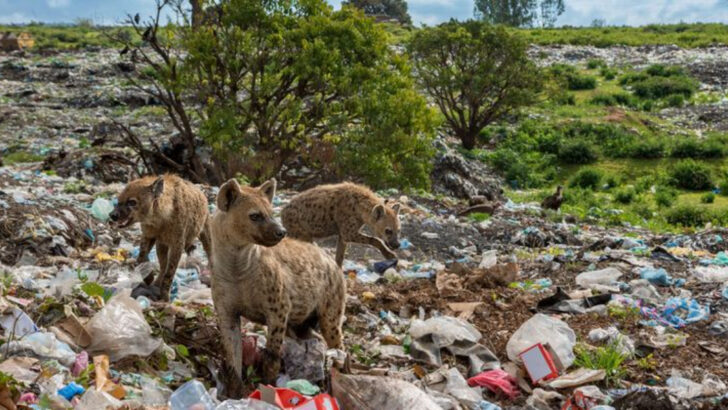The Earth’s wildlife is in crisis, with populations plummeting by a staggering 73% since 1970. This is not just a statistic—it’s a wake-up call.
From disappearing habitats to the devastating effects of human activity, the decline is driven by many factors, each more alarming than the last. The once-thriving ecosystems that supported countless species are vanishing, leaving wildlife scrambling to survive in a rapidly changing world.
In this post, we dive deep into 15 shocking reasons behind this dramatic loss of biodiversity. From climate change to poaching, these forces are reshaping our planet at an unprecedented rate. Understanding these issues is the first step toward a solution, and it’s more urgent than ever.
Habitat Destruction
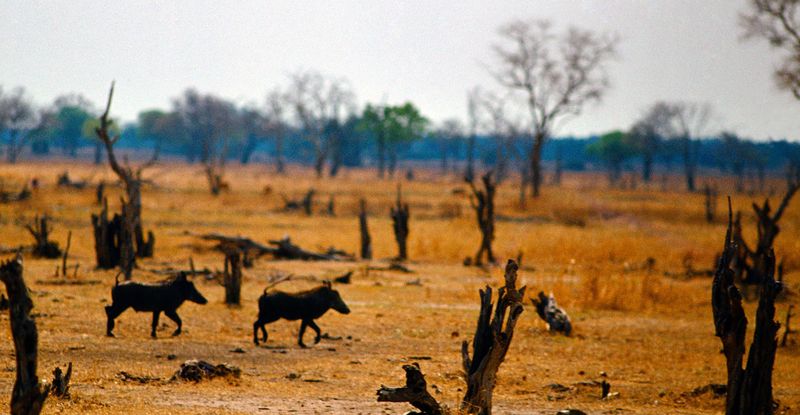
Forests, wetlands, and grasslands are continuously destroyed for agriculture, urban development, and infrastructure. This loss of habitat leaves countless species without homes, reducing their populations drastically.
When animals lose their natural habitats, they struggle to find food, shelter, and mating opportunities, leading to declining numbers. Furthermore, fragmented habitats isolate populations, making them more vulnerable to extinction.
Efforts to protect and restore these vital spaces are essential for reversing this trend and ensuring survival for future generations.
Climate Change
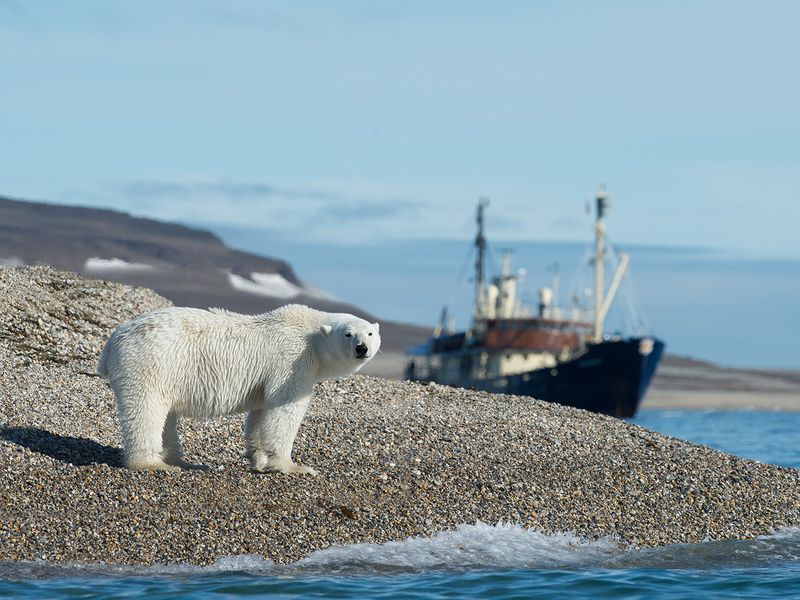
Climate change disrupts ecosystems by altering weather patterns, sea levels, and temperatures. Species unable to adapt or migrate face severe survival challenges.
As temperatures rise, polar ice caps melt, endangering species like polar bears and penguins. Coral reefs, too, suffer from bleaching, affecting marine biodiversity.
Mitigating climate change through sustainable practices is crucial in preserving wildlife habitats and maintaining ecological balance.
Pollution
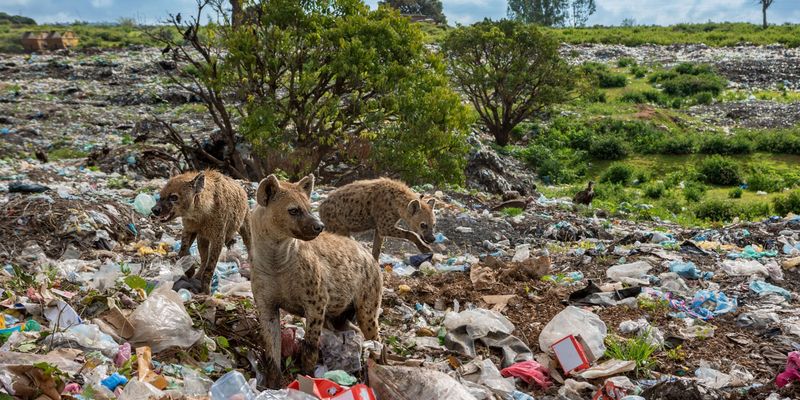
Pollution from plastics, chemicals, and noise has detrimental effects on wildlife. Contaminated habitats lead to health issues and reduced reproduction rates among animals.
Marine life suffers as oceans fill with plastic debris, often mistaken for food. Birds and mammals become entangled in waste, causing injury or death.
Reducing pollution through stricter regulations and individual actions can help restore natural habitats and protect wildlife from further harm.
Illegal Wildlife Trade

The illegal wildlife trade poses a significant threat to species survival, driven by demand for exotic pets, traditional medicine, and luxury goods.
This black market activity leads to overexploitation, pushing species to the brink of extinction. Iconic animals like elephants and rhinos face severe poaching threats.
Global cooperation and stronger enforcement are necessary to combat this trade and ensure the protection of endangered species.
Overfishing
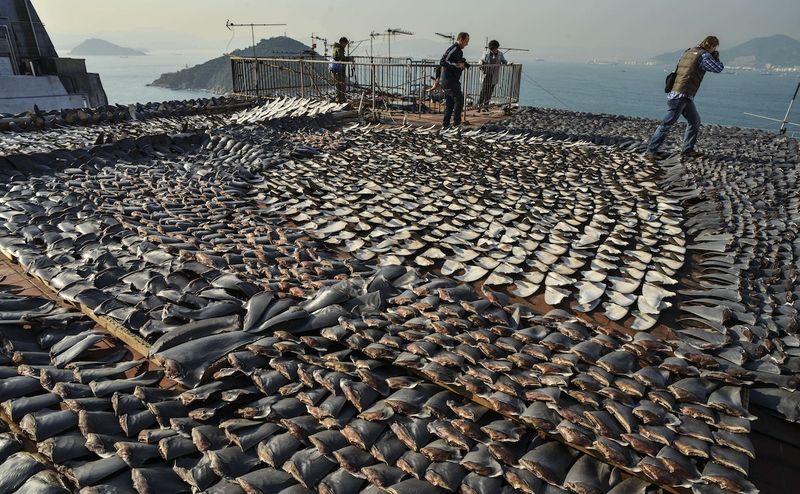
Overfishing depletes fish populations faster than they can reproduce, destabilizing marine ecosystems.
As top predators disappear, the balance of the ocean food web is disrupted, affecting species diversity and abundance. The loss of fish stocks threatens the livelihoods of communities dependent on fishing.
Implementing sustainable fishing practices and protected marine areas can help restore balance and preserve ocean biodiversity.
Invasive Species
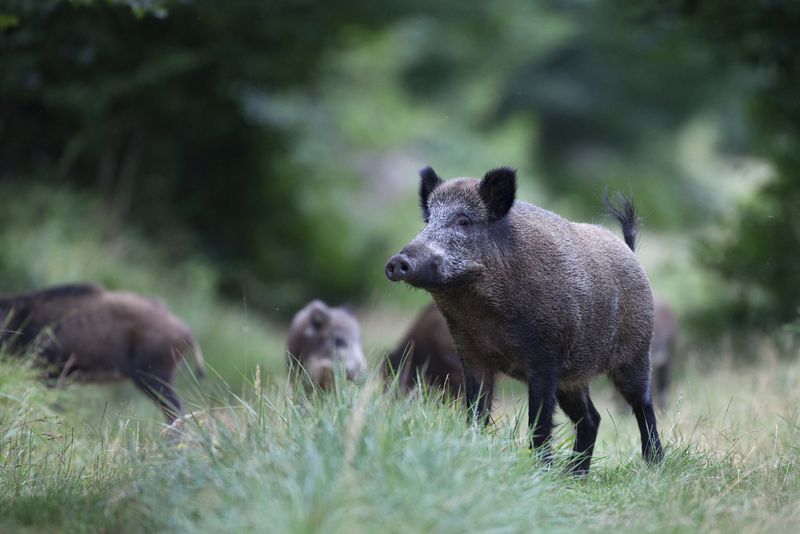
Invasive species introduced by human activity outcompete native wildlife for resources, leading to declines in biodiversity.
These non-native species often have no natural predators, allowing them to proliferate unchecked. Native plants and animals suffer as habitats are overtaken.
Efforts to control and eradicate invasive species are vital in protecting native ecosystems and preventing further biodiversity loss.
Deforestation
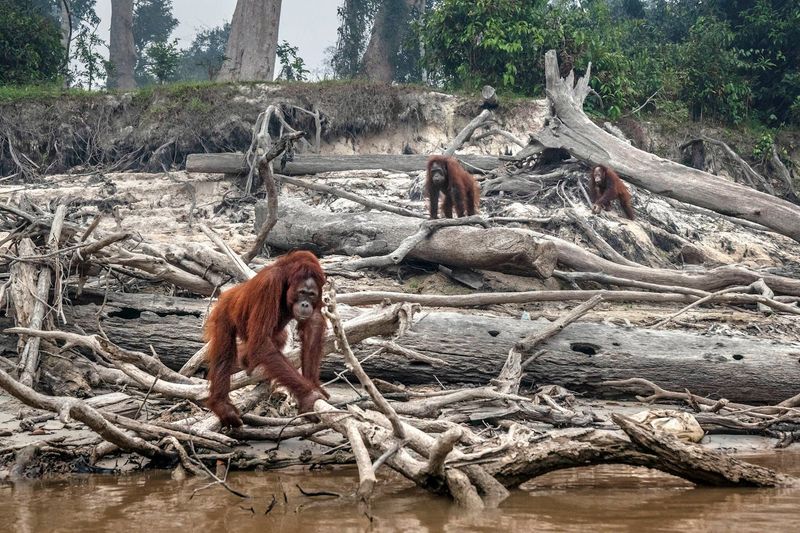
Deforestation for agriculture and urbanization destroys critical habitats, leading to wildlife declines.
Trees provide shelter, food, and breeding grounds for countless species. Without them, ecosystems collapse, and many animal populations dwindle. Tropical rainforests, rich in biodiversity, are particularly affected.
Reforestation and sustainable land management practices are key to reversing this trend and preserving wildlife.
Agricultural Expansion

Agricultural expansion converts wild areas into farmland, reducing habitat availability for wildlife.
Monocultures lack the diversity needed to support various species, leading to population declines. The use of pesticides and fertilizers further harms wildlife, contaminating soil and water.
Promoting sustainable agriculture can help balance human food needs with wildlife conservation.
Urbanization
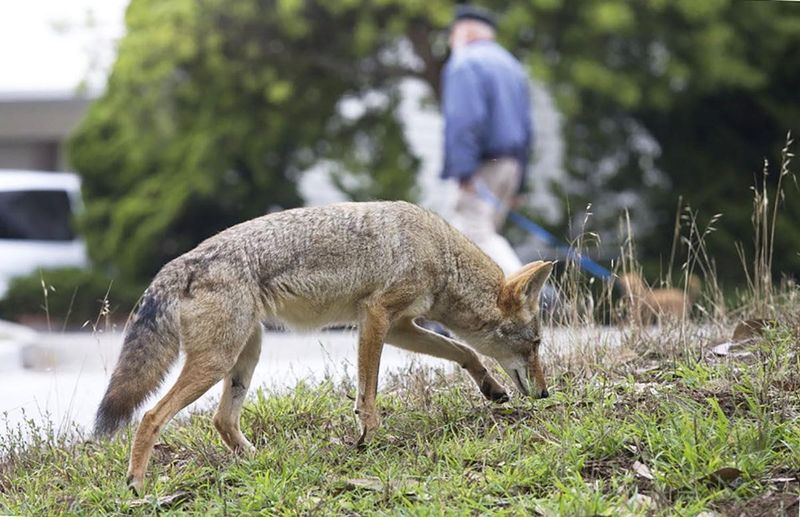
Urbanization transforms landscapes, fragmenting habitats and displacing wildlife.
As cities grow, green spaces diminish, leaving animals with fewer places to live. Urban areas often pose additional hazards, such as traffic and pollution, further threatening wildlife.
Integrating green spaces and eco-friendly designs in urban planning can help mitigate these impacts and support biodiversity.
Disease

Emerging diseases, often spread by human activities, threaten wildlife populations.
Pathogens introduced to new areas can decimate species with no natural immunity. These outbreaks can lead to significant declines in affected populations. Human-wildlife interactions increase the risk of disease transmission.
Research and monitoring are essential for early detection and management of wildlife diseases, mitigating their impact.
Pesticides and Herbicides

The extensive use of pesticides and herbicides in agriculture harms non-target species, reducing biodiversity.
These chemicals can contaminate food sources and habitats, impacting insects, birds, and aquatic life. Over time, this leads to population declines and weakened ecosystems.
Adopting organic farming practices and integrated pest management can reduce reliance on harmful chemicals.
Light Pollution
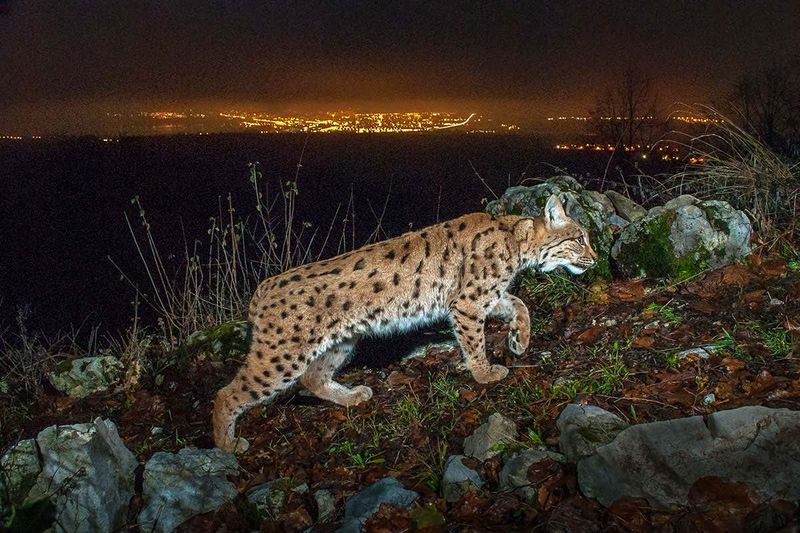
Light pollution is an often-overlooked factor negatively impacting wildlife. Artificial lighting alters the natural behaviors of nocturnal animals, disrupting their hunting and mating patterns. This confusion can lead to decreased reproduction rates and increased mortality, as animals struggle to adapt to illuminated environments.
Birds, for instance, are particularly affected as they rely on natural cues for navigation. Bright city lights can disorient migratory birds, leading them to deadly collisions with buildings. As urban areas expand, light pollution continues to grow, posing an escalating threat to wildlife.
Furthermore, light pollution affects the food chain by altering predator-prey dynamics. Prey that are more visible at night are more susceptible to predation, which can unbalance ecosystems and further drive species decline.
Noise Pollution
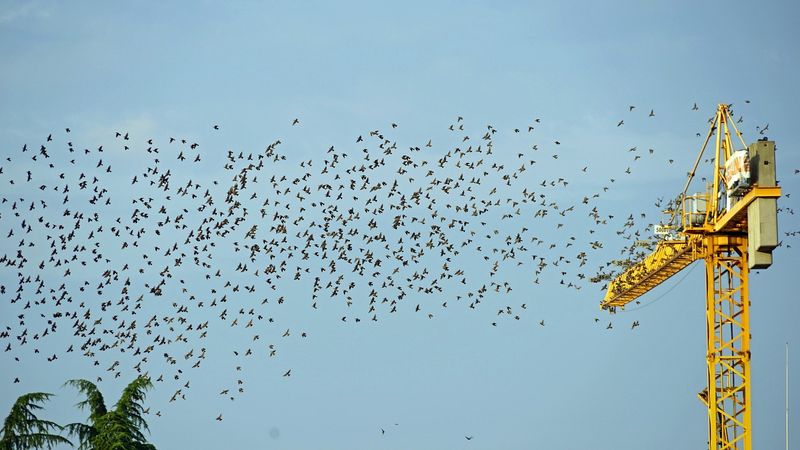
Noise pollution, primarily from urban environments, is another hidden contributor to wildlife decline. The constant hum of traffic, construction, and human activity creates a chaotic soundscape, interfering with animal communication. This interference can prevent animals from finding mates, warning each other of danger, or simply maintaining social bonds.
Marine life is also affected by underwater noise pollution from ships and industrial activity. Whales and dolphins, for example, rely on echolocation and vocalizations for navigation and communication. Excessive noise can drown out these vital sounds, leading to strandings and population declines.
The stress caused by noise pollution can also lead to health issues in wildlife, weakening their immune systems and making them more susceptible to disease. As human activities continue to increase, mitigating noise pollution is essential to preserving wildlife.
Road Mortality
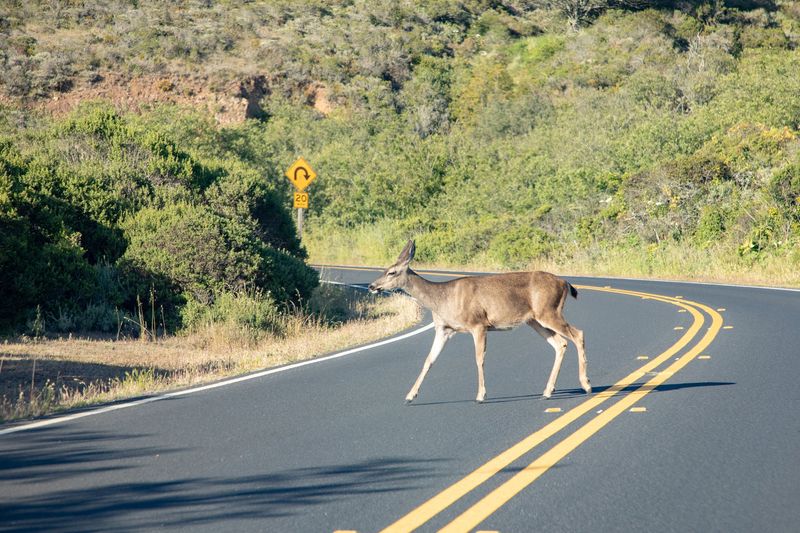
Road mortality is an underestimated threat to wildlife populations worldwide. As road networks expand into natural habitats, animals are forced to cross dangerous highways, often with fatal results. The impact is especially severe for slow-moving species such as turtles and amphibians.
Efforts to combat road mortality include installing wildlife crossings and underpasses, which help animals safely navigate roadways. However, these solutions require significant investment and planning, which are not always prioritized.
The consequences of road mortality extend beyond individual losses, potentially leading to population declines in affected areas. As roads continue to fragment habitats, addressing this issue is critical to preventing further wildlife decline.
Electromagnetic Radiation

Electromagnetic Radiation
Electromagnetic radiation from cell towers and other electronic devices is an often-overlooked factor affecting wildlife. This invisible threat disrupts navigation and communication in birds and insects.
The increasing number of towers worldwide exacerbates this issue, making it challenging for migratory species to find their way.
Research indicates that prolonged exposure to electromagnetic fields can alter animal behavior and reproduction patterns. While the technology we rely on daily plays a crucial role in our lives, its effects on wildlife demand more comprehensive studies.

